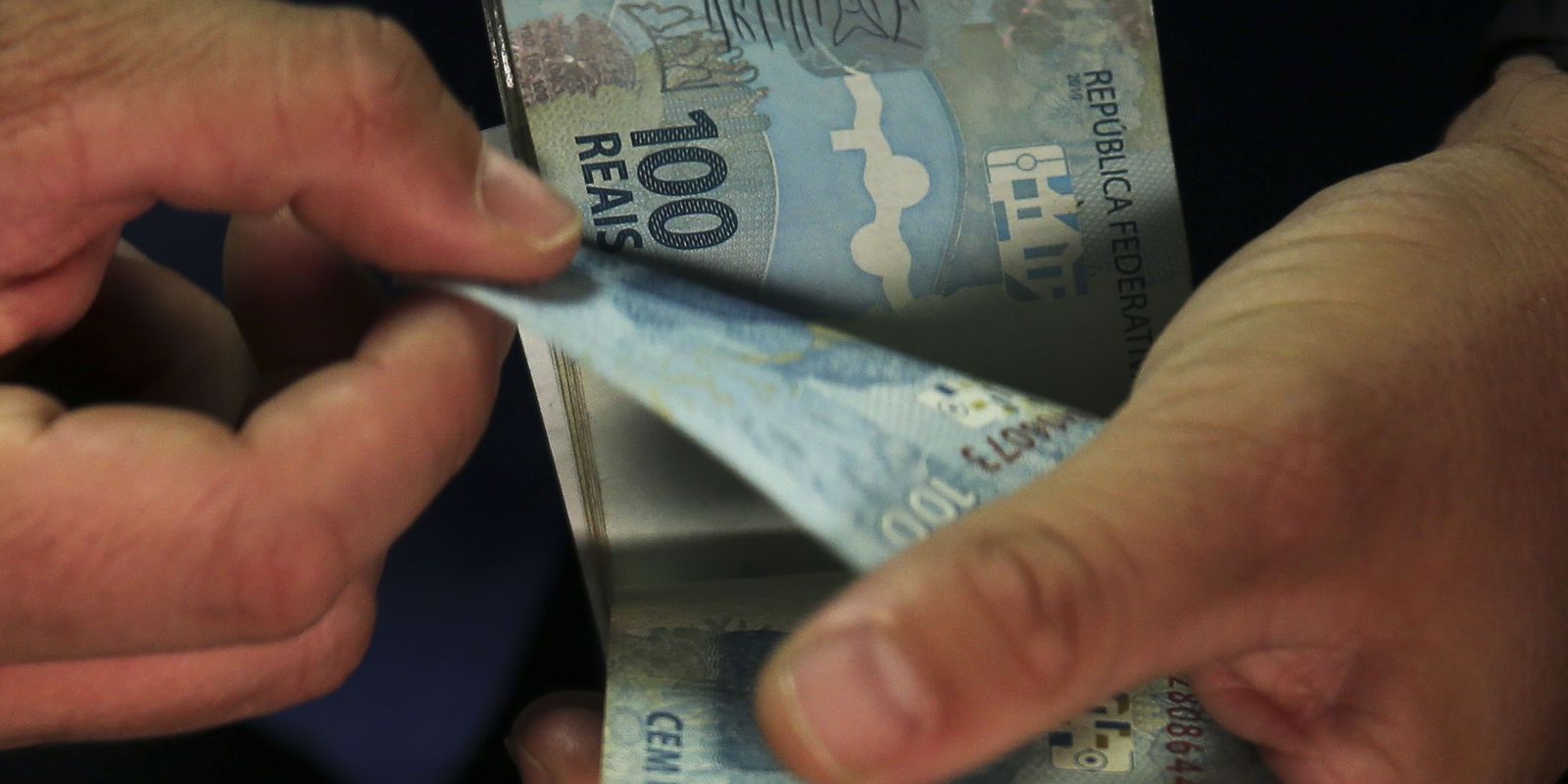After the publication of the medium-term fiscal framework (Mfmp) by the Ministry of Finance two weeks ago, the Autonomous Committee of the Fiscal Rule (Carf), a technical body that was born with the last tax reform, presented its observations to the document that traces the route in terms of fiscal policy between the end of this year and until 2033.
(Read: The countries that led the country’s growth in 2021).
Although in recent weeks the Minister of Finance, José Manuel Restrepoassured that this government “left the house in order”, for the Carf “the house is not in order yet. The application of the fiscal rule formula that will begin to be applied from 2026, when the transition ends, would require the need for a deficit 2% of GDP less than the one programmed in 2022.
This would entail a series of tasks for the incoming government, which will be responsible for complying with the MFMP fiscal goalsand according to the Committee, “achieving it will crucially depend on the decisions made in the next 18 months”, and in particular, “it will be essential that the goals set for 2022 are met, the primary balance ceilings outlined by the Mfmp are respected for the year 2023 and the planning of the budget for the year 2024”.
The Committee recognizes that the fiscal scenario of the framework depends on the consolidation of the expected non-oil revenues, and that these are subject to the growth of the economy, the collection derived from the Law of social investment and the management of the Dian, and even, that the positive cycle of oil prices extends.
“Similarly, it will be important to bear in mind that any expenditure not considered in the Mfmp as of 2023, such as the extension of social programs created or expanded during the pandemic, or any other initiative that exceeds the spending limits, will have to find new sources. of financing or fiscal space from the reduction in the allocations of other items”, says the Committee in its statement.
However, the Committee recognized that “the national government has achieved a significant adjustment of the deficit by 2022”, since a year ago an imbalance of $83 billion was projected in the Nation’s accounts, and today, thanks to good growth, high prices of oil and the management of the Dian, the fiscal framework foresees a deficit of $75 billion.
But despite these good results, the Committee emphasized that the deficits produced in the years of the pandemic, the depreciation of the peso and inflation “have taken the Government’s indebtedness to historically high levels, to the point where it would not be prudent to increase the debt ”.
(Also: Bogotá, Antioquia and Valle, regions that contributed the most to GDP in 2021).
It is worth mentioning that the deficit, according to Mfmp estimates, would go to 5.6%, 3.6%, and 2.0% of GDP for the years 2022 to 2024.
BRIEFCASE








